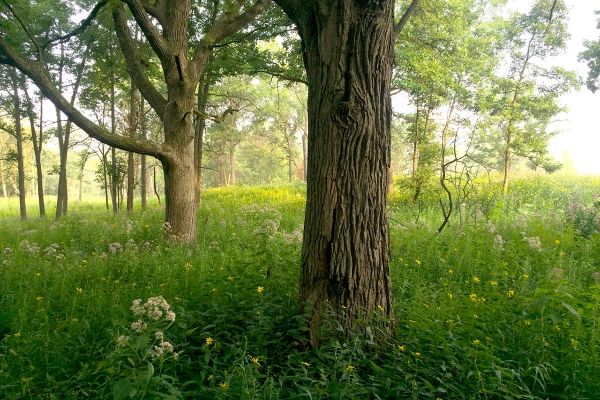Vestal Grove in the Somme Prairie Grove forest preserve in Cook County, Illinois, looks nothing like the scrubby, buckthorn-choked tangle that confronted restoration ecologists 37 years ago. Thanks to the efforts of a dedicated team that focused on rooting up invasive plants and periodically burning, seeding native plants and culling deer, the forest again resembles its ancient self, researchers report in the journal PLOS ONE.
Now, shooting stars and wild hyacinths bloom at the base of mature oak trees each spring. Appalachian brown butterflies and other native insects, salamanders, birds and reptiles have returned to reclaim the territory. Native plant biodiversity is comparable to the region’s best remnant woodlands that were not as degraded by overgrazing of deer or lack of fire
The level of success achieved in this 7-acre woodland is rare in restoration ecology, the scientists say. Most such efforts are hamstrung by limited financial resources, expertise, personnel and time. Many plant restoration interventions focus on only one technique – such as brush removal or burning to kill invasive plants – and fail to address the other factors that can undermine their efforts.
“Even very expensive vegetation restoration projects fail to meet their conservation goals more often than not,” the researchers write. “In addition, long-term studies of management impacts are rare.”
Continue reading at University of Illinois.
Image via Stephen Packard.


